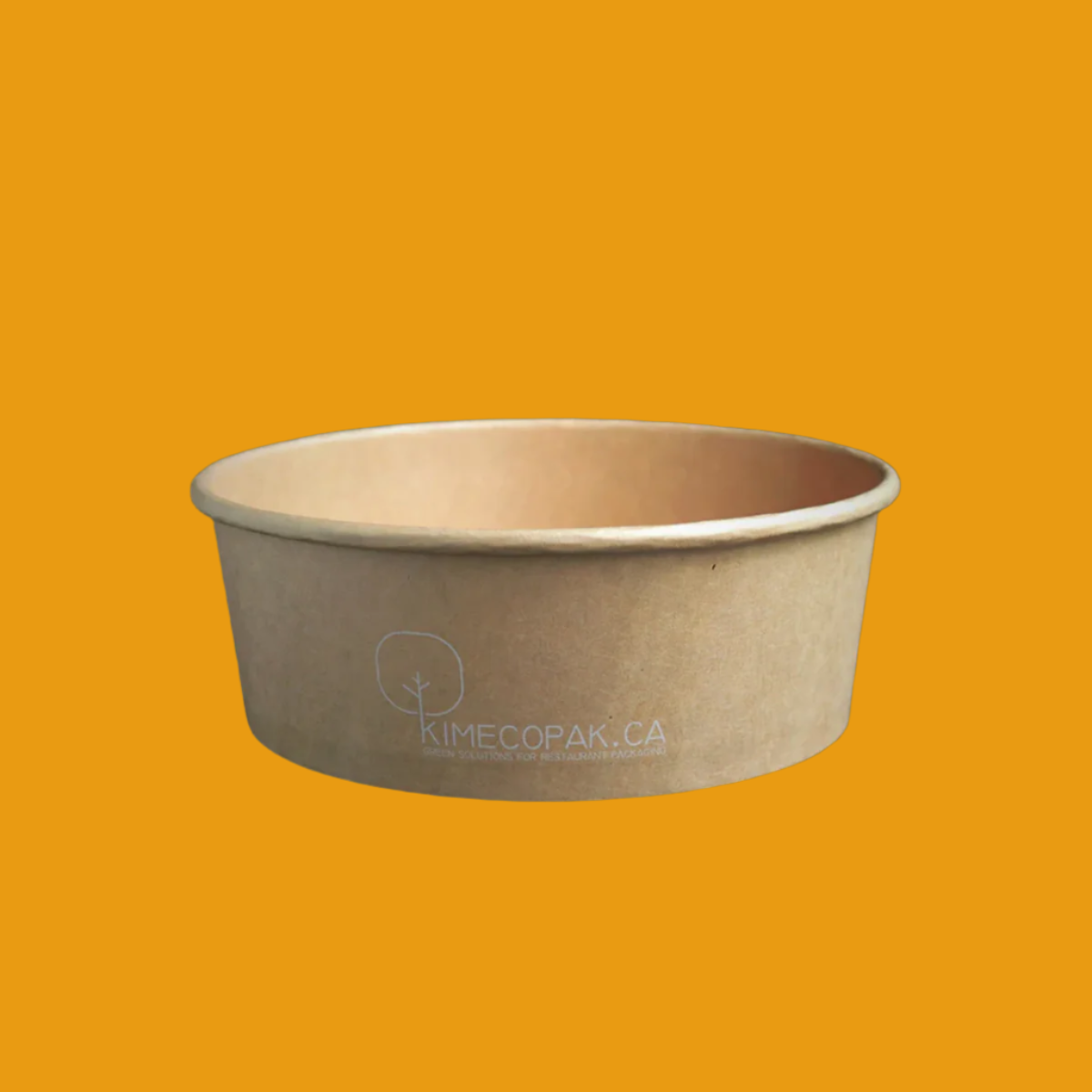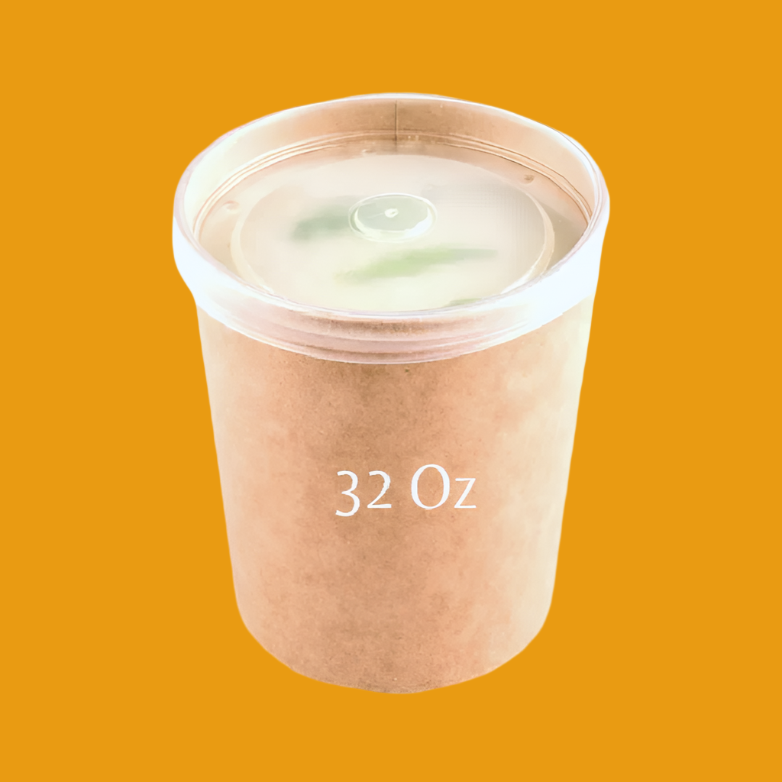Our world is facing a growing problem of plastic pollution, with millions of tons of plastic waste ending up in our oceans and landfills each year. To combat this issue, scientists and researchers have been developing new materials that can serve as alternatives to traditional plastic. One of the most promising of these materials is bioplastic. Let’s follow this blog post to learn more about bioplastics.
What is bioplastic? Types of bioplastic
"Bioplastic" refers to any plastic material primarily derived from renewable organic materials, such as cornstarch, unlike conventional plastics made by distilling and polymerizing non-renewable petroleum reserves. Bioplastics can help us decrease the pollution of natural ecosystems and shrink our energy footprint.

There are two main types of bioplastics: PLA (polylactic Acid) and PHA (polyhydroxyalkanoate).
Polylactic Acid (PLA)
What is Polylactic Acid? What does PLA stand for?PLA stands for polylactic acid, which is derived mainly from starch or carbohydrate through corn, beet, wheat, sugarcane, tapioca root, cassava, and sugar beet purple,... Corn is one of the least expensive and most widely available sugars in the world; hence, the majority of PLA is manufactured from it. After the corn is milled and the sugars are fermented into lactic acid. This lactic acid will be polymerized to create Poly Lactic Acid.

Some products made of PLA are plastic film, bottles, clear cups, salad boxes, coatings for our coffee cups, and kraft menu food containers and cartons. In addition, PLA is suitable for the manufacture of biodegradable medical devices such as screws, pins, plates, and rods, or clear cups, lids, and salad boxes.
Is PLA Compostable and Biodegradable?PLA will be biodegradable only when "under the specific conditions of industrial composting, it is more appropriate to say in this case that it is a biodegradable polymer. Industrial composting conditions, i.e., controlled temperature and humidity in the presence of microorganisms, are necessary for PLA to be truly degradable", explains Florent Port. Jan-Peter Willie adds, "PLA is compostable, but only in an industrial composting plant."
What are the benefits of PLA products in food packaging?
- PLA food packaging doesn’t have a similar harmful chemical composition as petroleum-based products.
- Non-toxic, carbon-neutral, and 100% renewable
- Strong, freezer-safe
- Cups can handle temperatures of up to 110°F (PLA utensils can handle temperatures up to 200 °F).
- When food service operators sought out eco-friendly packaging in the past, they could only choose expensive and subpar products. However, now they can switch to PLA products, which are functional, cost-effective, and sustainable.
PHA (polyhydroxyalkanoate)
What is Polyhydroxyalkanoate?Polyhydroxyalkanoates are a class of biodegradable plastic produced in nature by numerous microorganisms, such as Cuprividus necator.
There are two types of PHAs: poly-3-hydroxybutyrate (PHB), polyhydroxyvalerate (PHV), and polyhydroxyhexanoate (PHH).
What are products made of PHA?PHA can be used for 3D printing, paper, and fertiliser coating, glues and adhesives, packaging,...
What are the benefits of PHA?- Versatile, adaptable, and heat- and UV-resistant
- FDA-approved for food contact
- Functions and performs similarly to plastic
- Custom-formulated to create many types of plastic resins for different purposes
- Capable of bonding successfully with materials such as paper
Biodegradable plastic
What is biodegradable plastic?
Biodegradable plastics are plastics that can be decomposed by the action of living organisms, usually microbes, into water, carbon dioxide, and biomass.
Biodegradable plastic is often derived from biobased sources like seaweed, sugar beets, or other plants instead of fossil fuels.
Popular biodegradable plastics today include PBAT, PCL, PBS, and PEF.

How is biodegradable plastic made?
Biodegradable plastics are manufactured in such a way that they can break down or degrade when they are exposed to the sun’s ultraviolet radiation, enzymes, bacteria, water, or wind abrasion.
How long does biodegradable plastic last?
Biodegradable plastics usually take 3 to 6 months to decompose fully. Knowing exactly how long a biodegradable plastic takes to break down will depend on many factors, such as temperature and the amount of moisture present.
How much does it cost to make biodegradable plastic?
The price of biodegradable plastics ranges from 2 USD/kg to 6 USD/kg, compared to traditional plastics, which are approximately 1 USD/kg and 2 USD/kg.
How does biodegradable plastic help the environment?
There are several advantages of using biodegradable plastics.
Number 1: Biodegradable products are easy to recycle.
- Biodegradable plastics take less time to decompose and can be easily recycled based on an organic process.
- These types of plastics are also non-toxic since they have no chemicals or toxins.
- Recycling will help reduce landfill problems, and recycled bio-waste can be used as compost or as renewable energy for biogas.
Number 2: Biodegradable plastics consume less energy during their manufacture.
- Although the production of biodegradable plastics requires more investment, it is finally worth it. Biodegradable plastics need less energy in manufacturing compared to ordinary plastics.
- For example, the manufacture of corn-based polymers requires 65% less energy compared to a similar polymer made from petroleum.
- Using fewer fossil fuels means reducing environmental pollution. Moreover, it produces 68% fewer greenhouse gases during its manufacture, which poses a significant environmental benefit.
Number 3: Reduction of the amount of waste produced
- Biodegradable plastic breaks down only within a few months, depending on the material used to make it and the method of disposal. In contrast, traditional plastics constitute 13% of the waste stream, which is 32 million tonnes of trash annually, and only 9% of them can be recycled.
- Biodegradable plastics are easy to break down and can be absorbed by the soil or converted into compost.
Number 4: Biodegradable products can help decrease petroleum consumption.
- One of the necessary ingredients for manufacturing traditional plastics is oil. However, petroleum brings negative impacts on the environment.
- Using biodegradable materials can help reduce the amount of petroleum used and, consequently, lessen its environmental hazards.
Number 5: Compostability
- Composting bioplastics can make the soil fertile, thereby enhancing soil fertility.
Number 6: Reduction of carbon dioxide (CO2) levels
- Because fossil fuels are not used in the manufacturing process of biodegradable plastic products, carbon dioxide emissions are also curtailed.
Frequently Asked
Is plastic biodegradable or nonbiodegradable?
Plastic is a non-biodegradable material, meaning it does not break down naturally in the environment. Traditional plastics can take hundreds of years to decompose, and even then, they break down into smaller and smaller pieces called microplastics, which can persist in the environment for even longer.

How much does it cost to make biodegradable plastic?
The price of biodegradable plastics ranges from 2 USD/kg to 6 USD/kg, compared to traditional plastics, which are approximately 1 USD/kg and 2 USD/kg.









